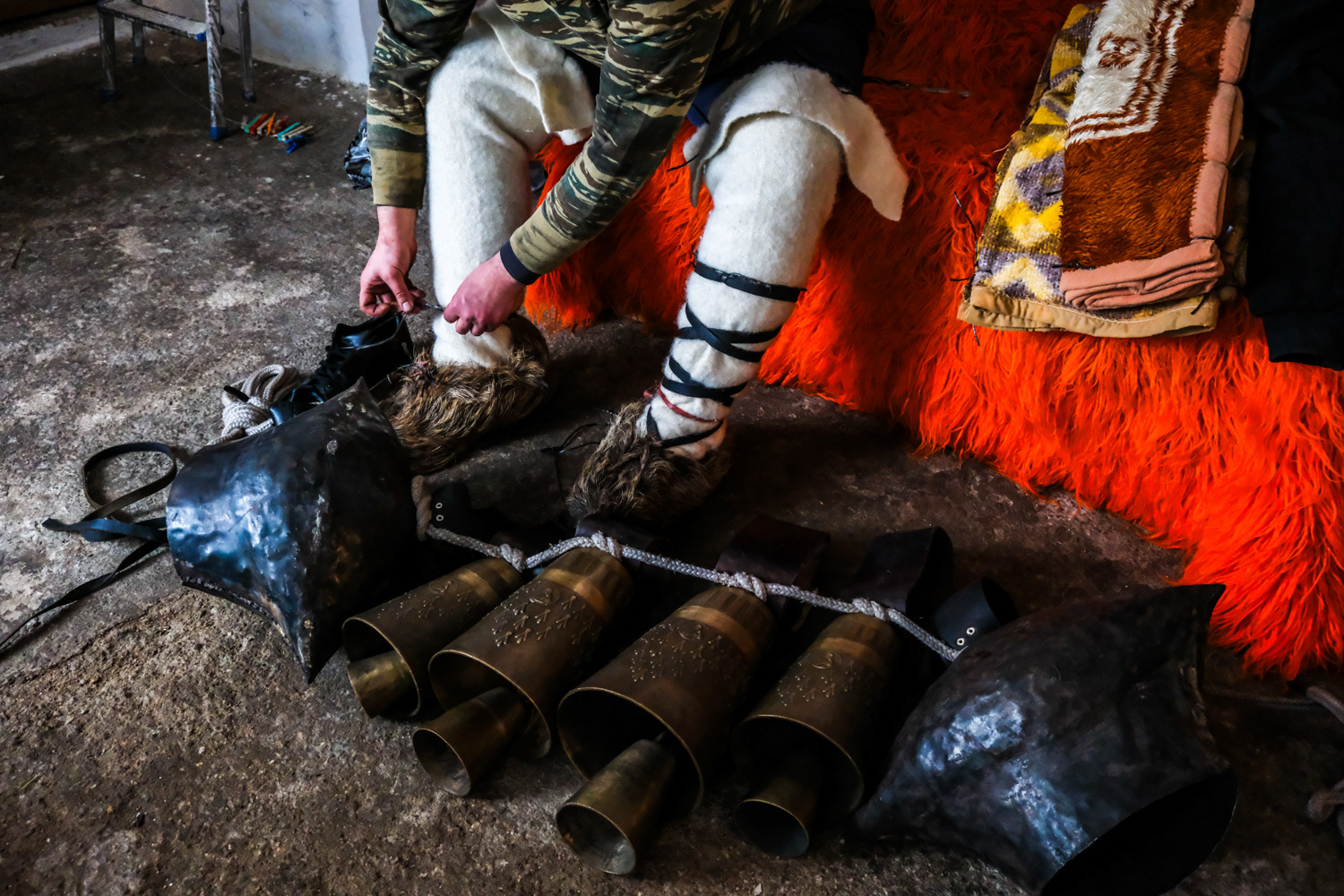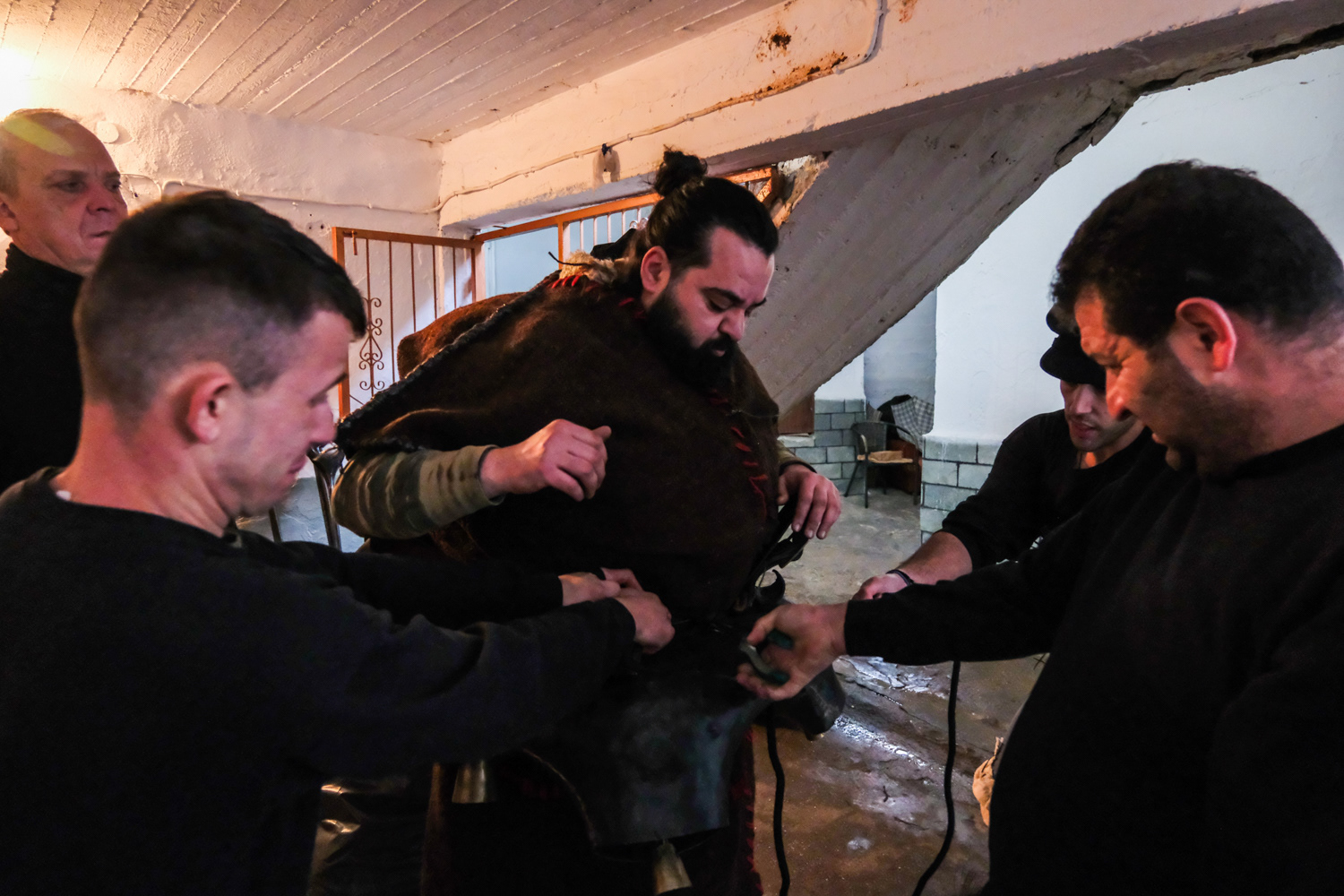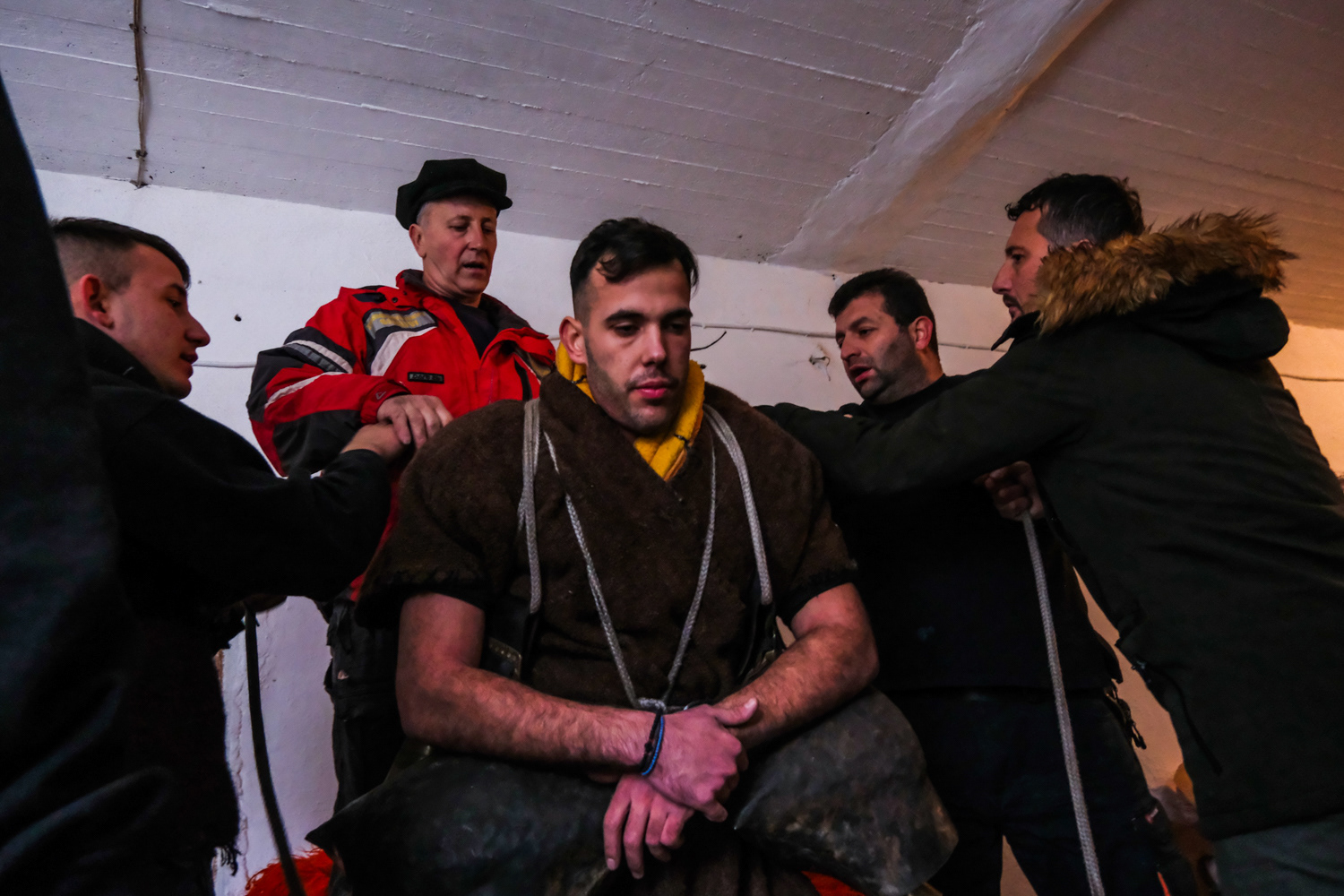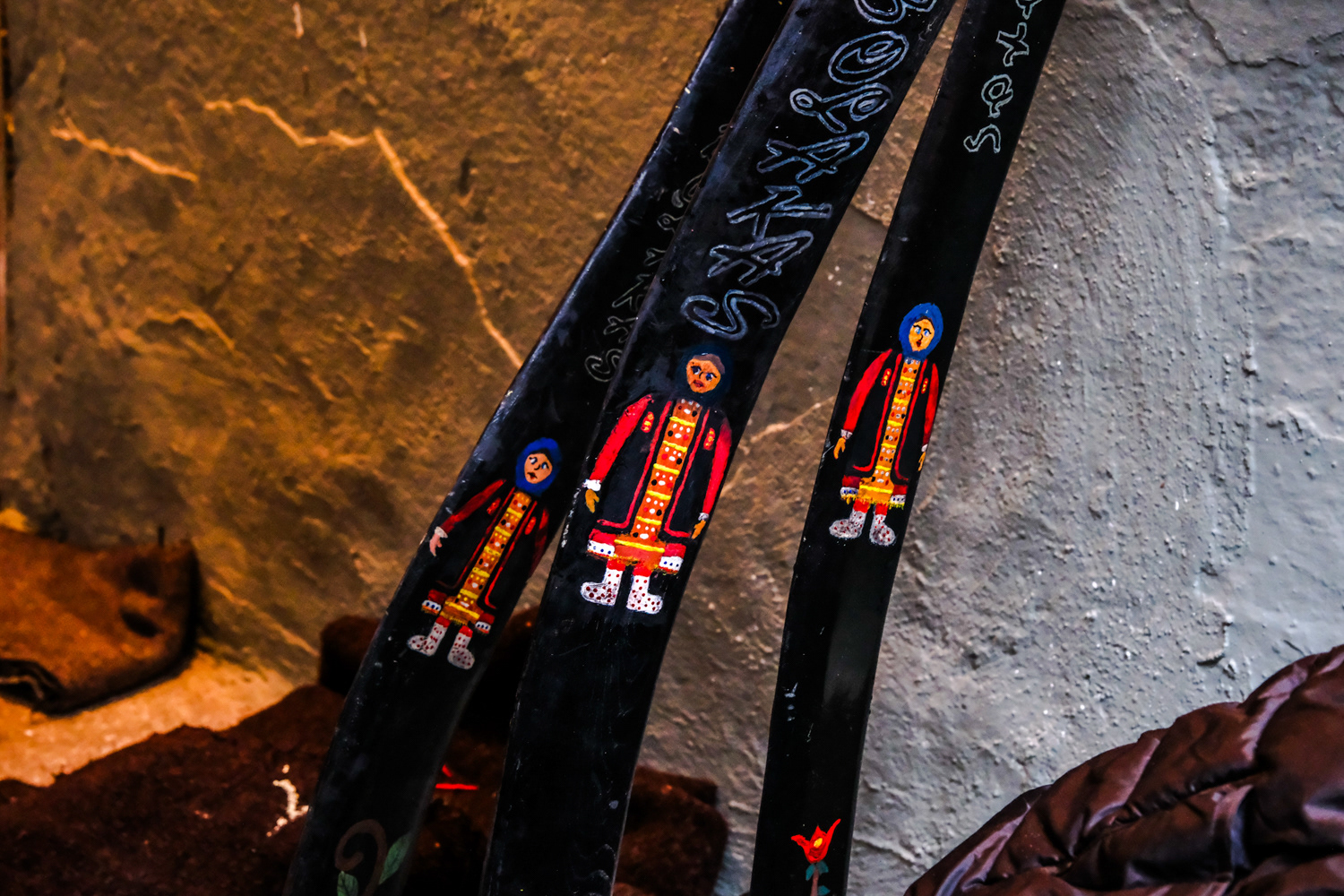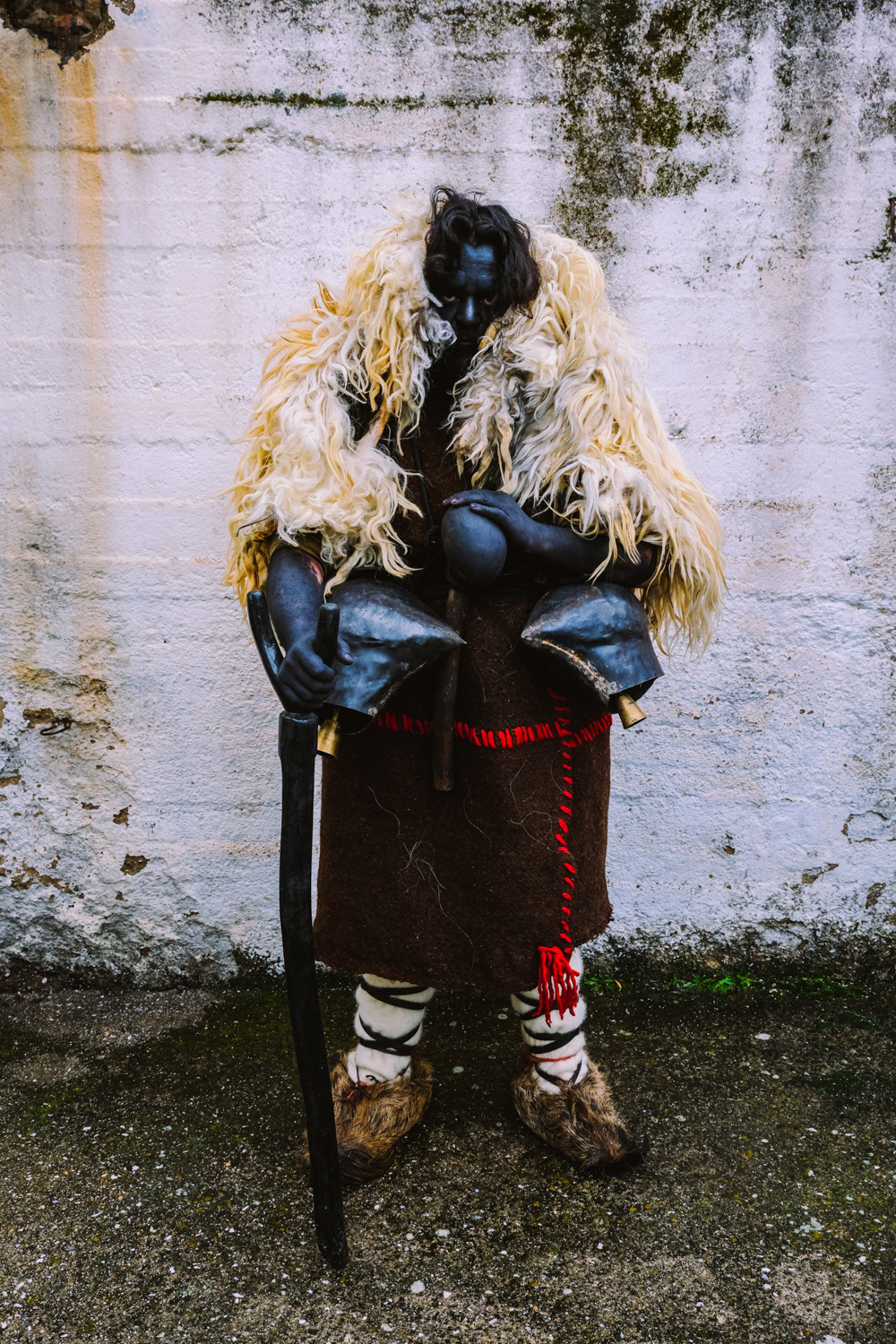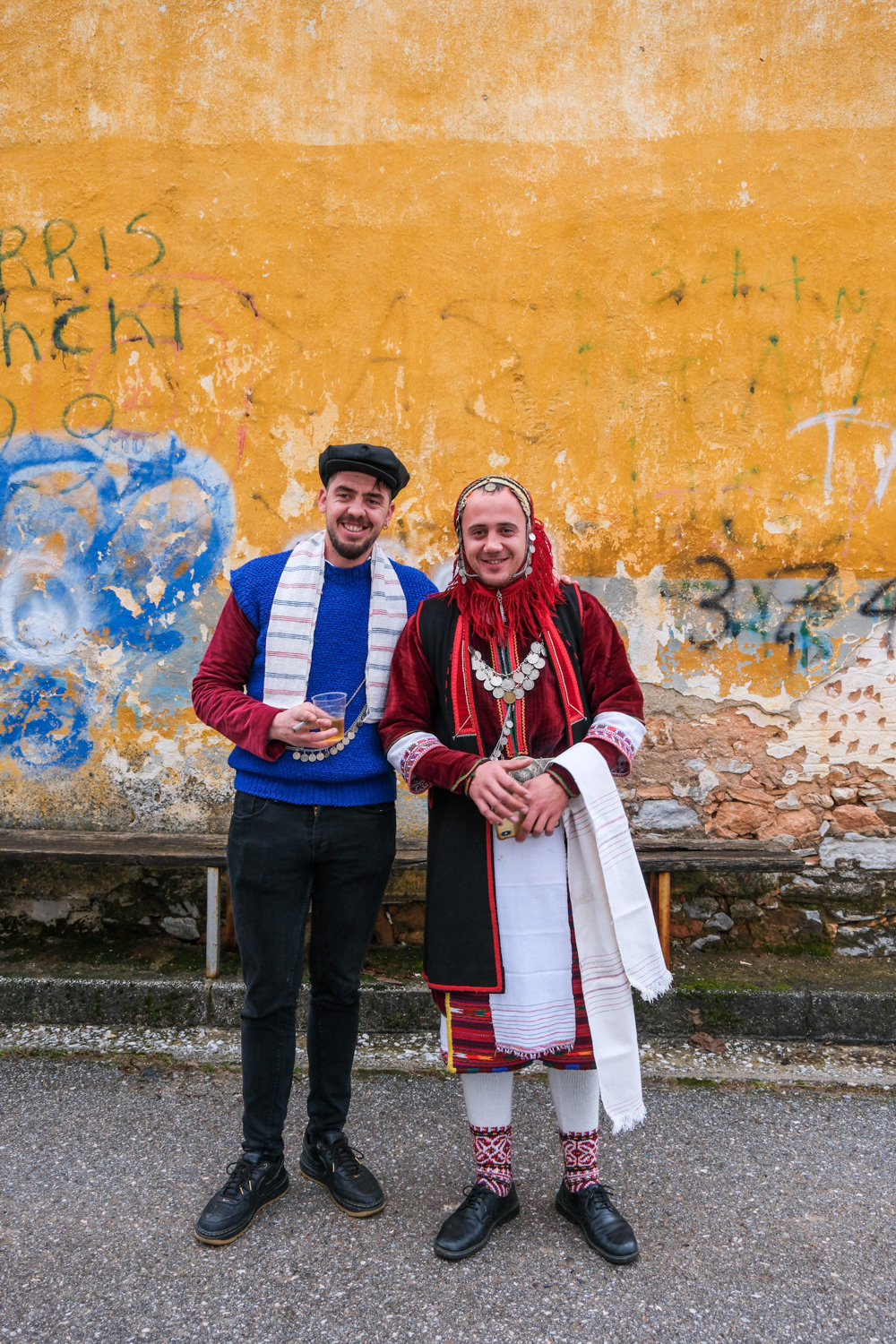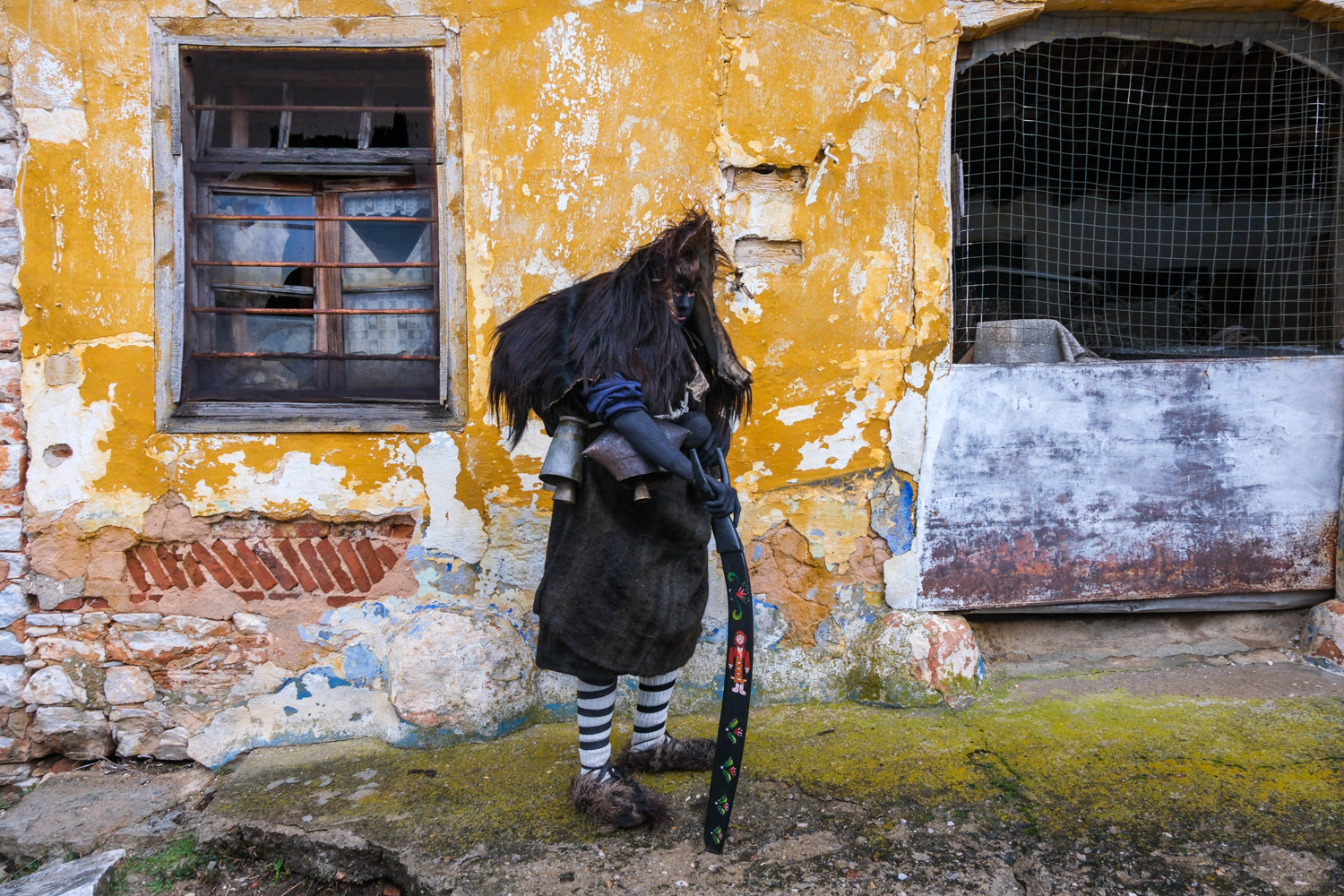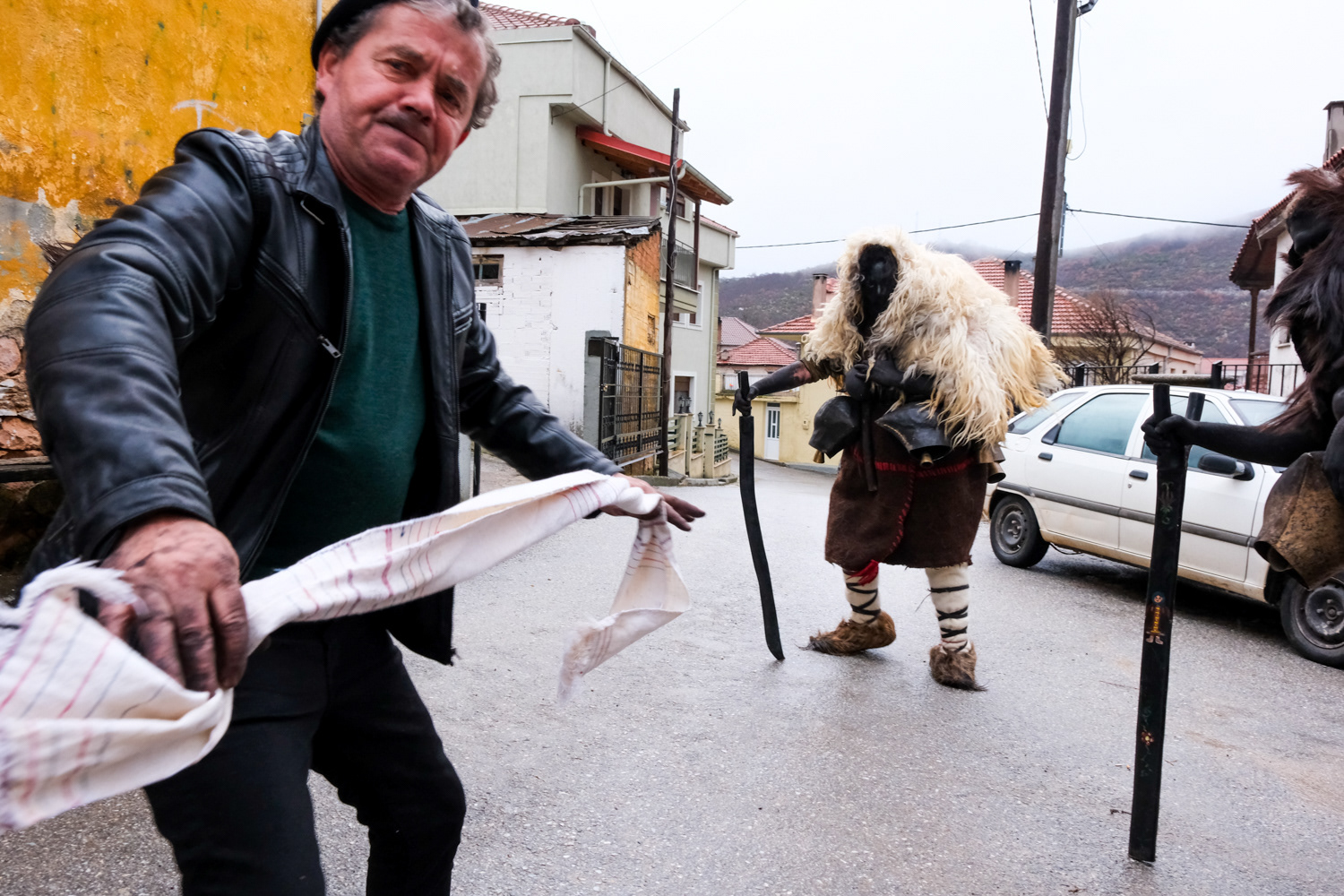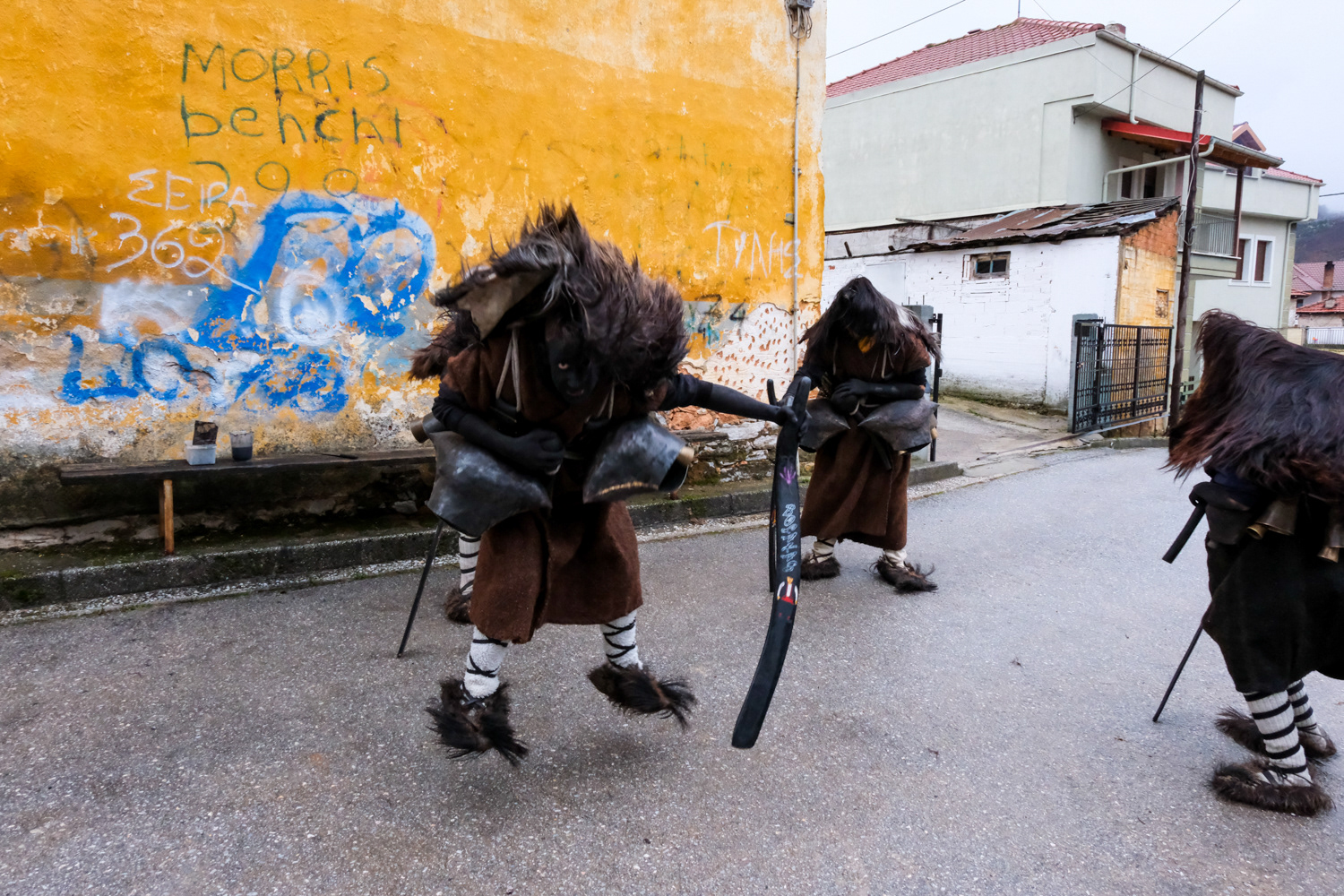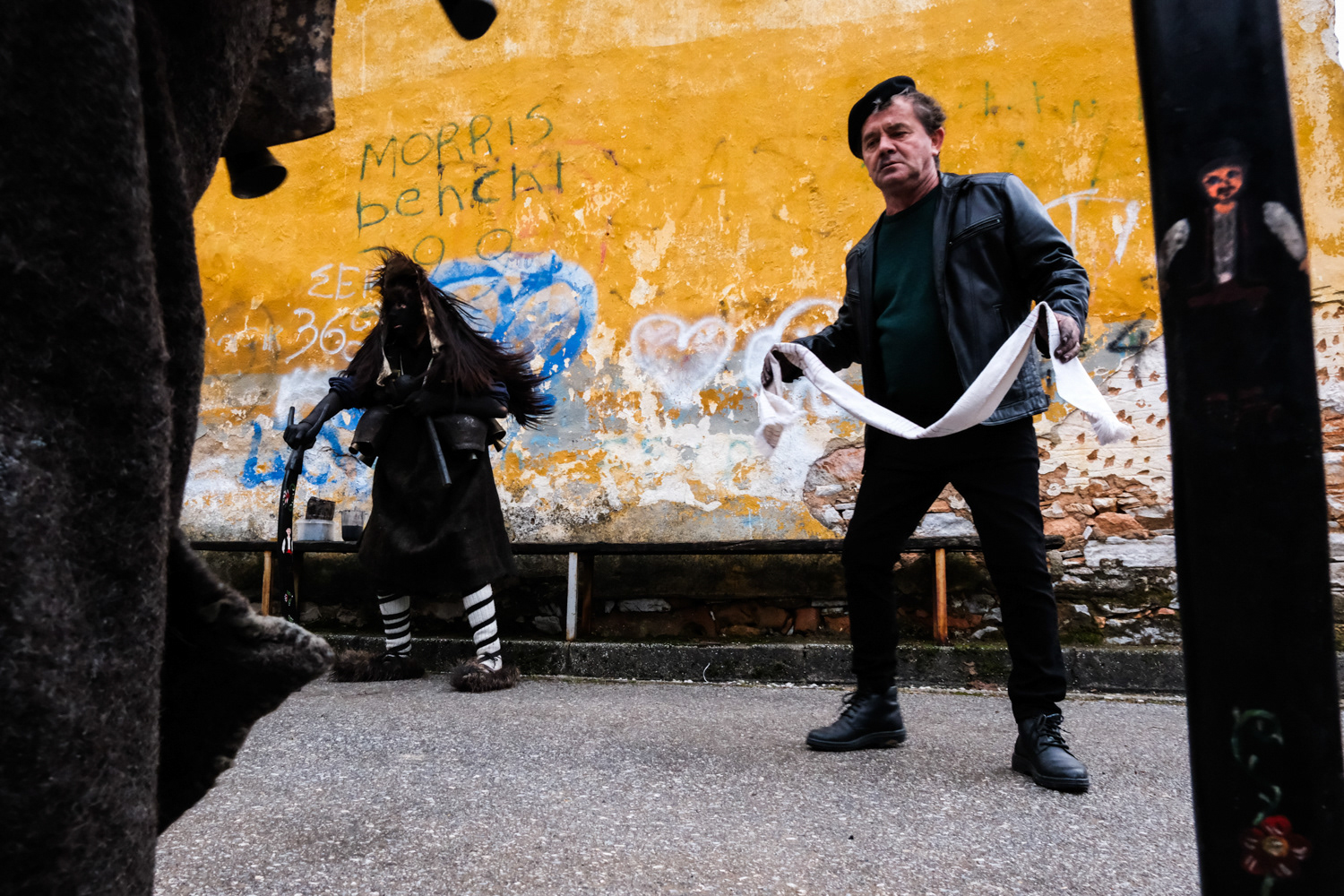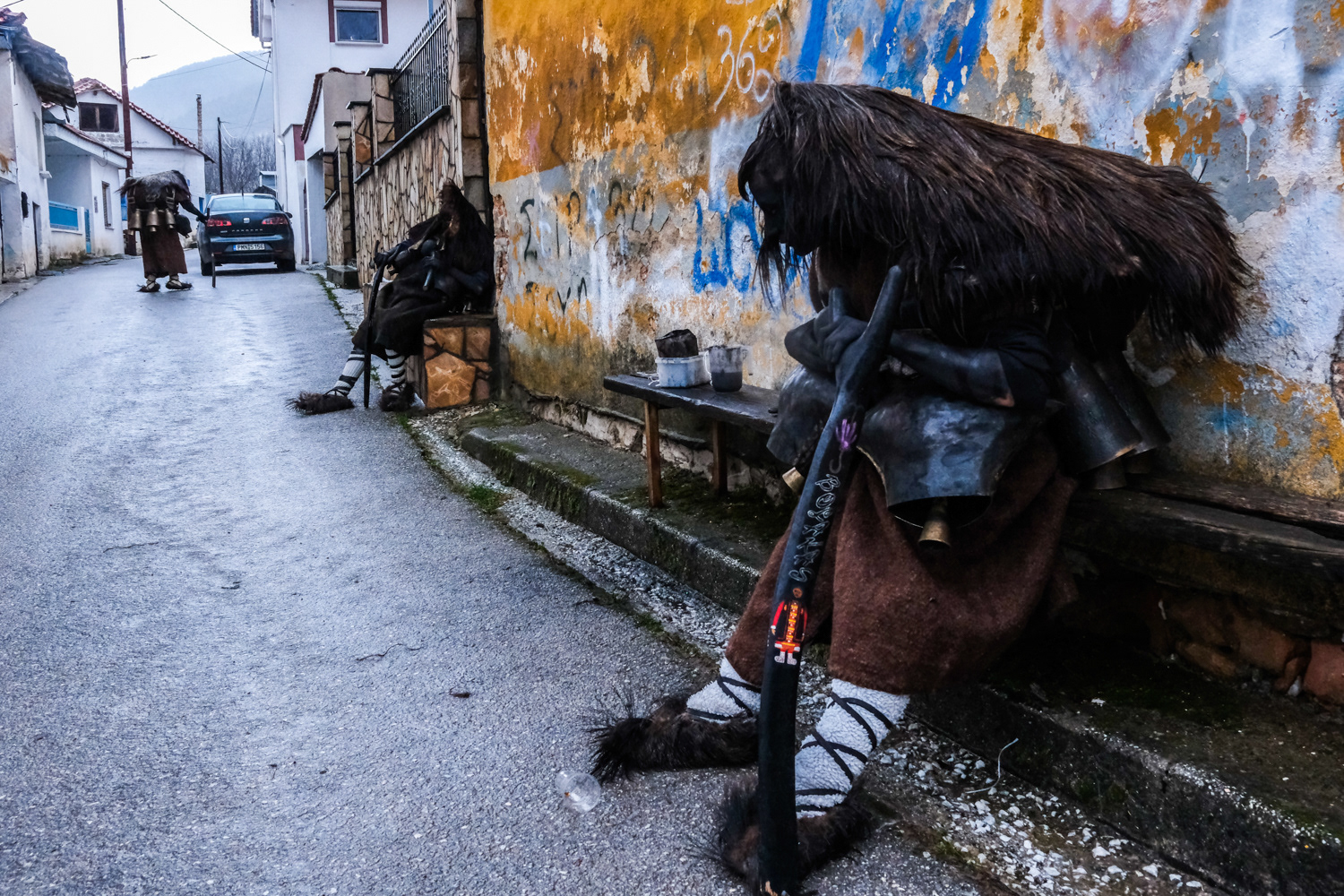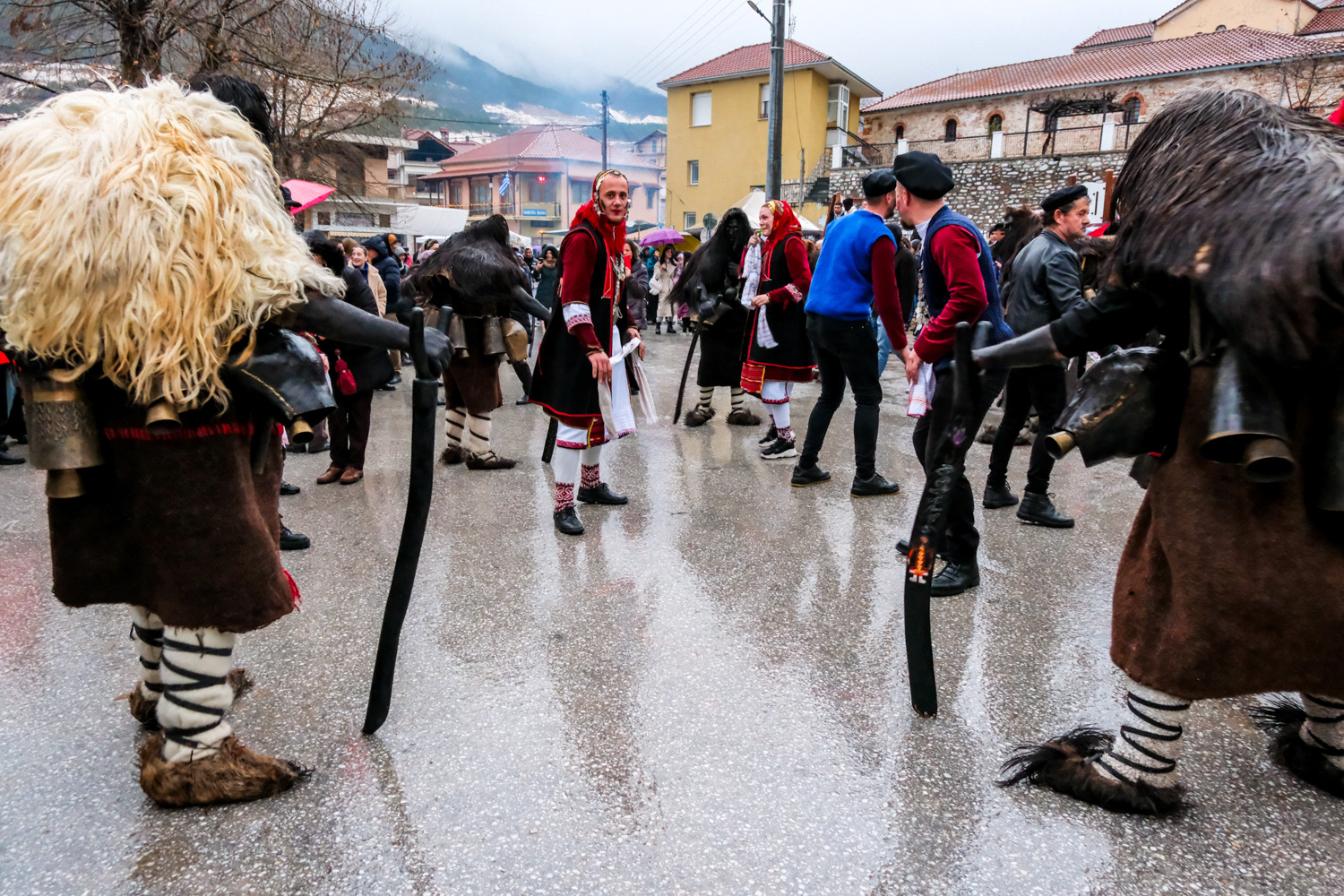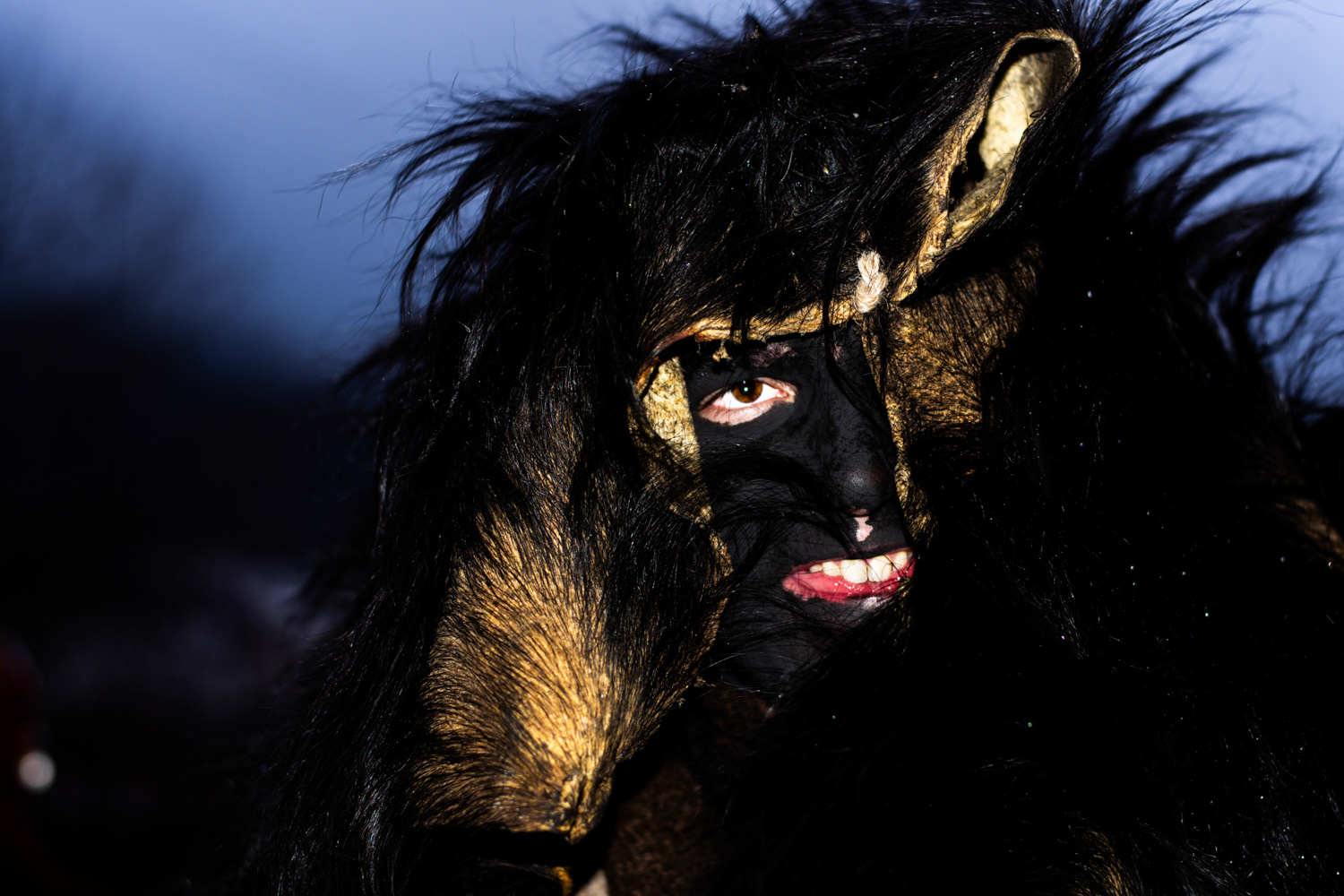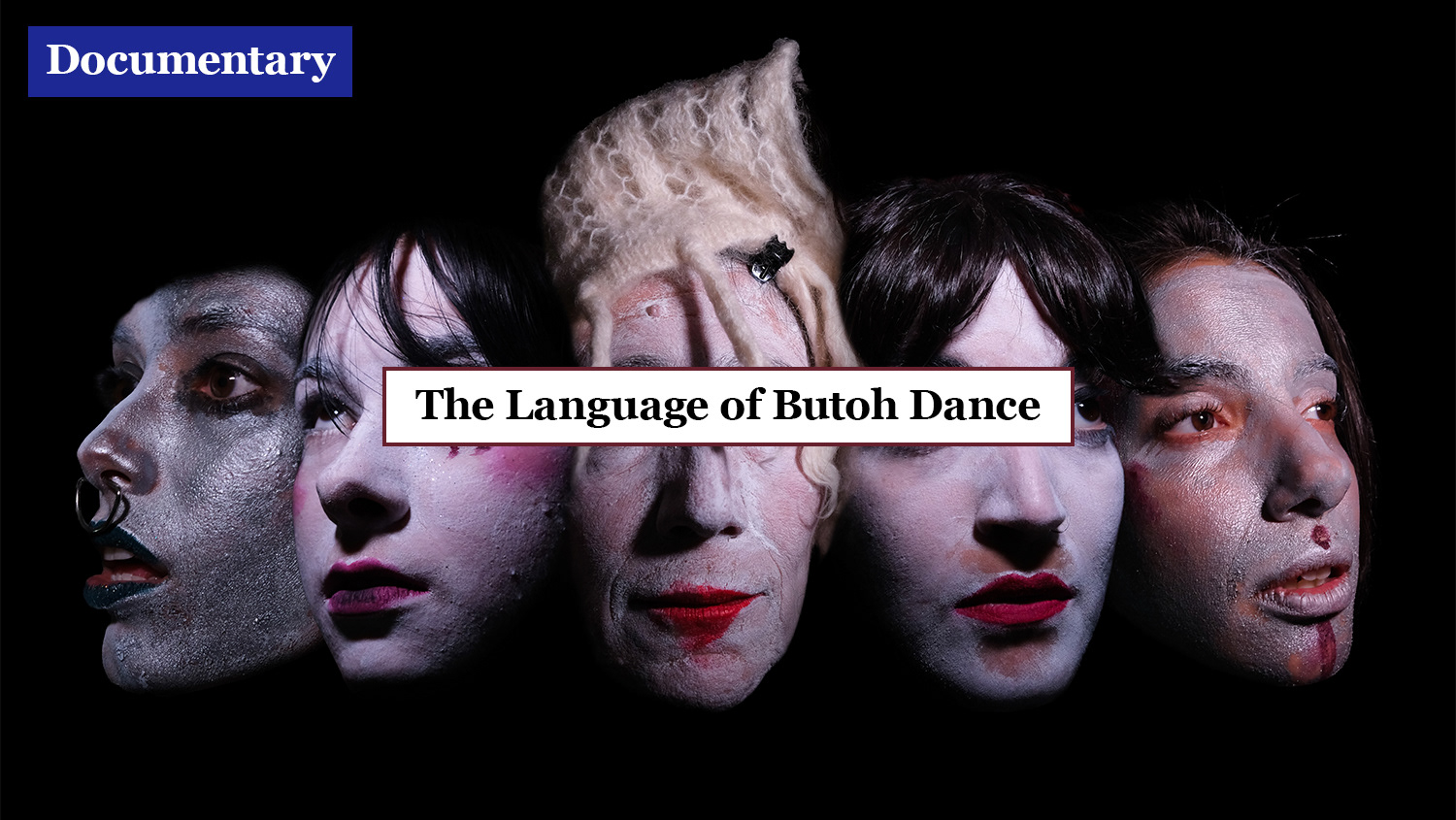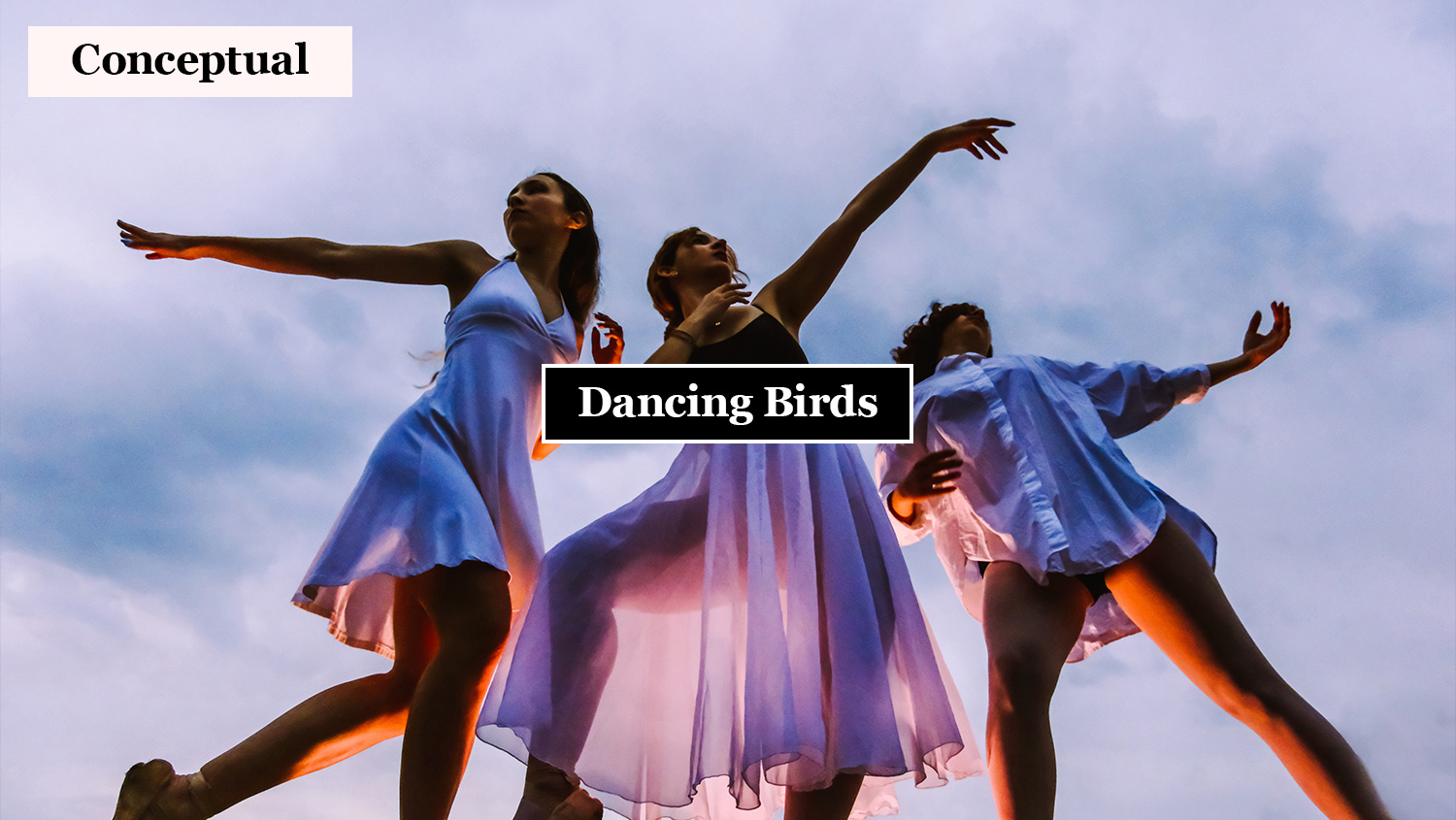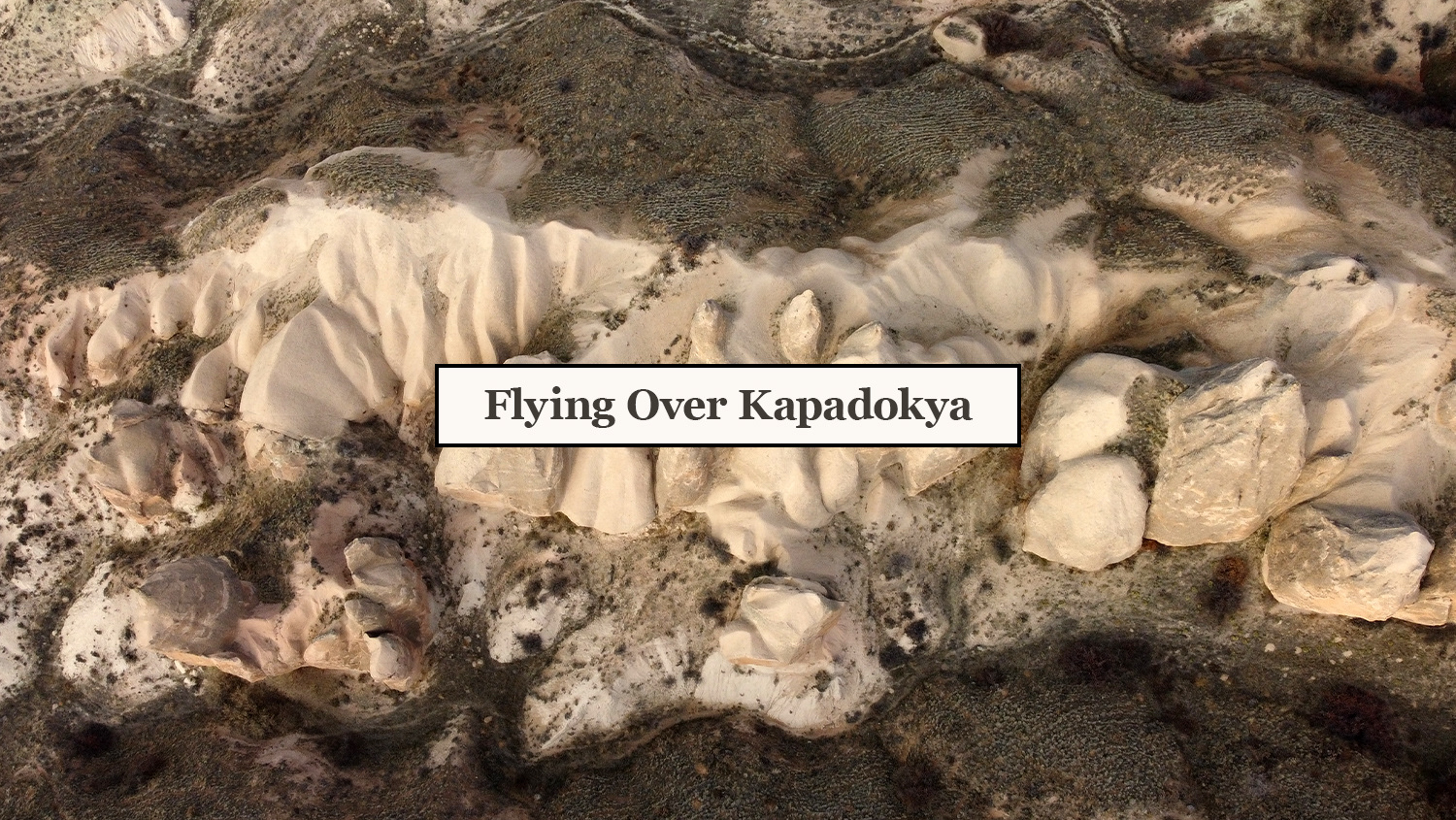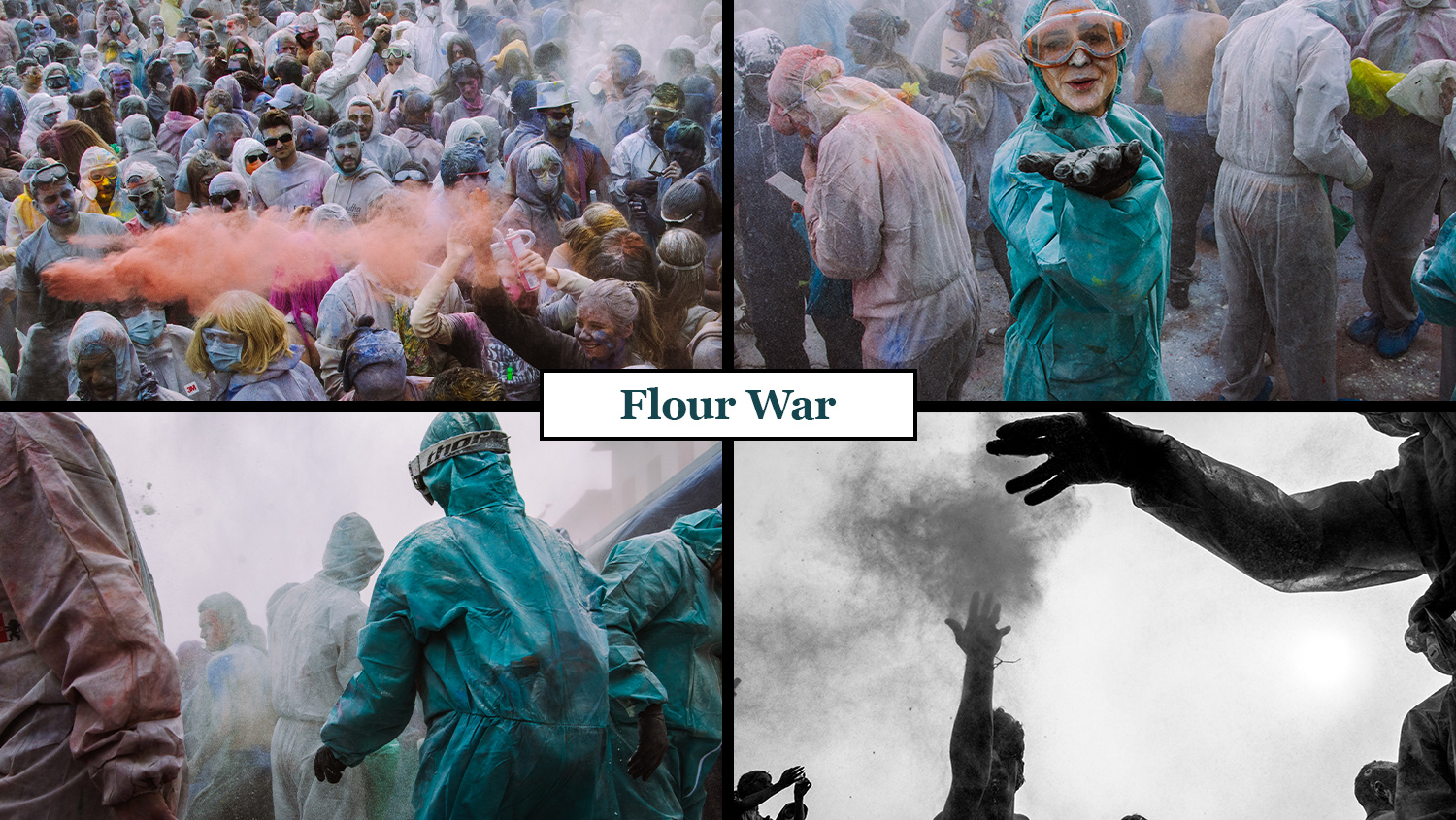Every year in Northern Greece, Dionysian traditional events take place over the Christmas days, from the 23rd of December to the 8th of January. Spanning back centuries, these activities, customs and ceremonies have their roots firmly fixed in the traditions of this region and comprise key elements of the local culture. The most important custom of these twelve days, in the region of Drama, is the disguises that are customary, in the form of dances, on the days of Epiphany.
These events, with their general customary framework, are local variations of the custom of the masquerades of the Twelve Days, called ‘’Arapides’’, which have survived until today with amazing vitality in Macedonia Greece, preserving and continuing the tradition of the inhabitants. Customs, which, despite social evolution, incorporate elements of Dionysian worship, materials that are traditional and interwoven with the bucolic way of life of the population, but also the traditional instruments of the places there, the bagpipe, the dacharé and the lyre. The masquerades during the days of Epiphany attract the interest of many visitors from all over Greece, while they are one of the most important cultural events in the prefecture of Drama on an annual basis. They start on the day of Epiphany with the ceremony of sanctifying the waters and are completed on January 8th, with various variations in the settlements of Monastiraki, Volakas, Petrousa, Xeropotamos, Pyrgi and Pagoneri.
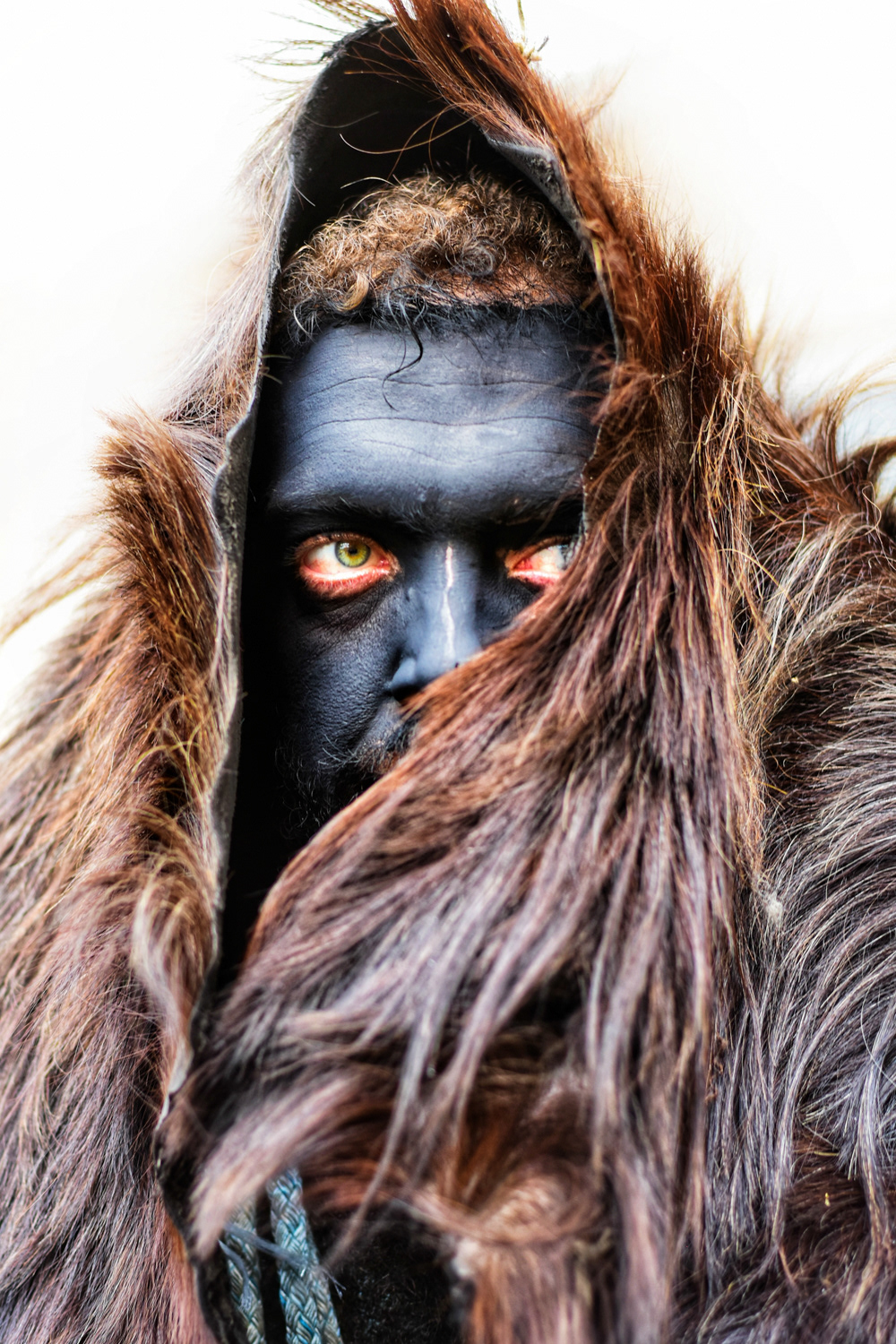
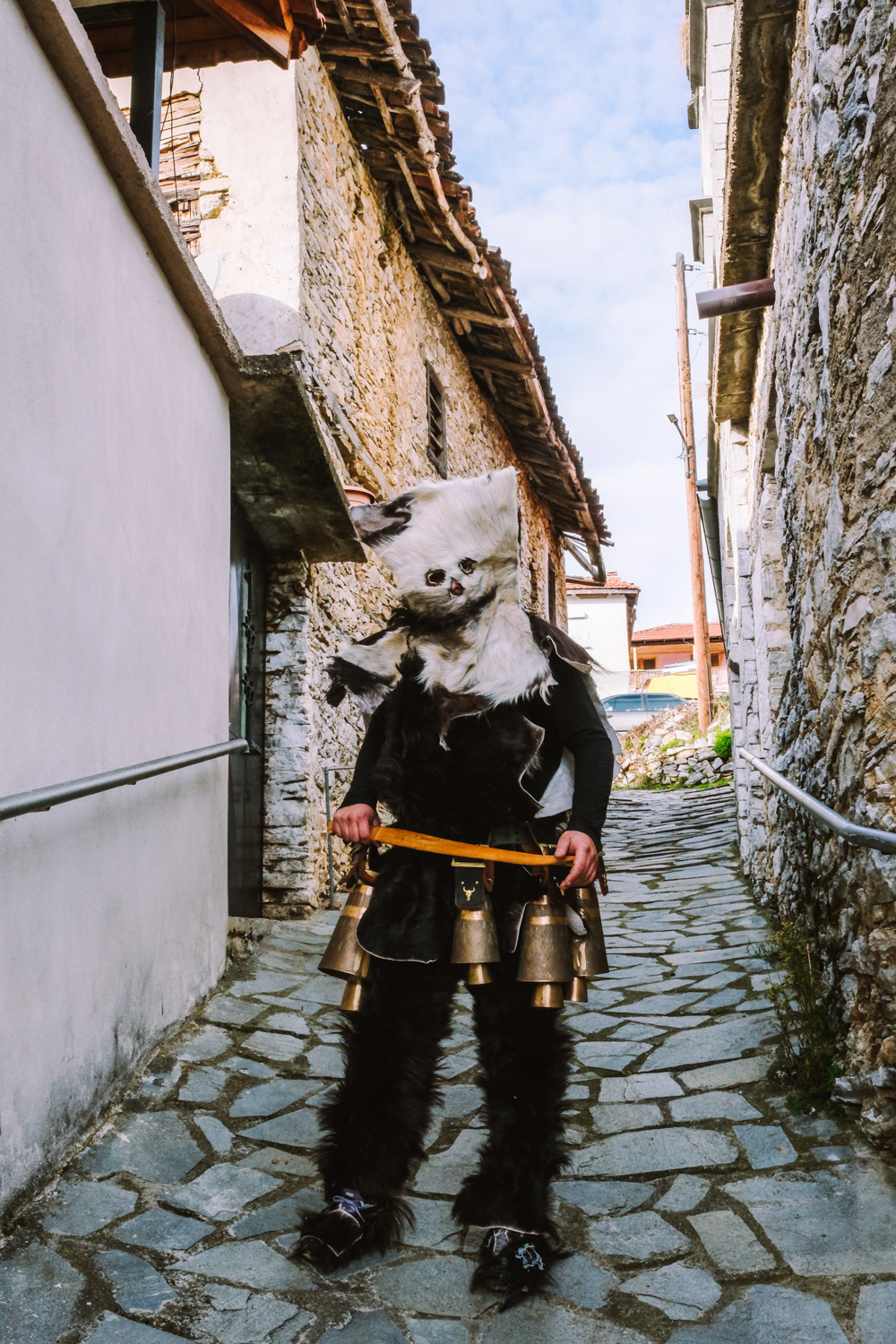
Pagoneri is the most secluded village of all that celebrates the “Arapides” custom. Here the custom kicks off on January 6th and it is called “Harapides”. People wearing scary masks crafted from goat skin, wielding wooden swords, create an atmosphere of excitement. Adding to the spectacle, there are additional characters, including the doctor called “Hatlis” with a pig skin headdress and an outfit which is made of lighter colour fabric, the Bride, portrayed by a man in bridal attire and the Gypsy with her baby. The uniqueness of Pagoneri's celebration lies in the participants portraying sickness or injury, collapsing unexpectedly during the festivities. Hatlis (the doctor), rushes to heal the fallen. Visitors also attempt to playfully "kidnap" the bride or the Gypsy's baby, only to be pursued by the Harapides who are believed to be the bride's brothers.
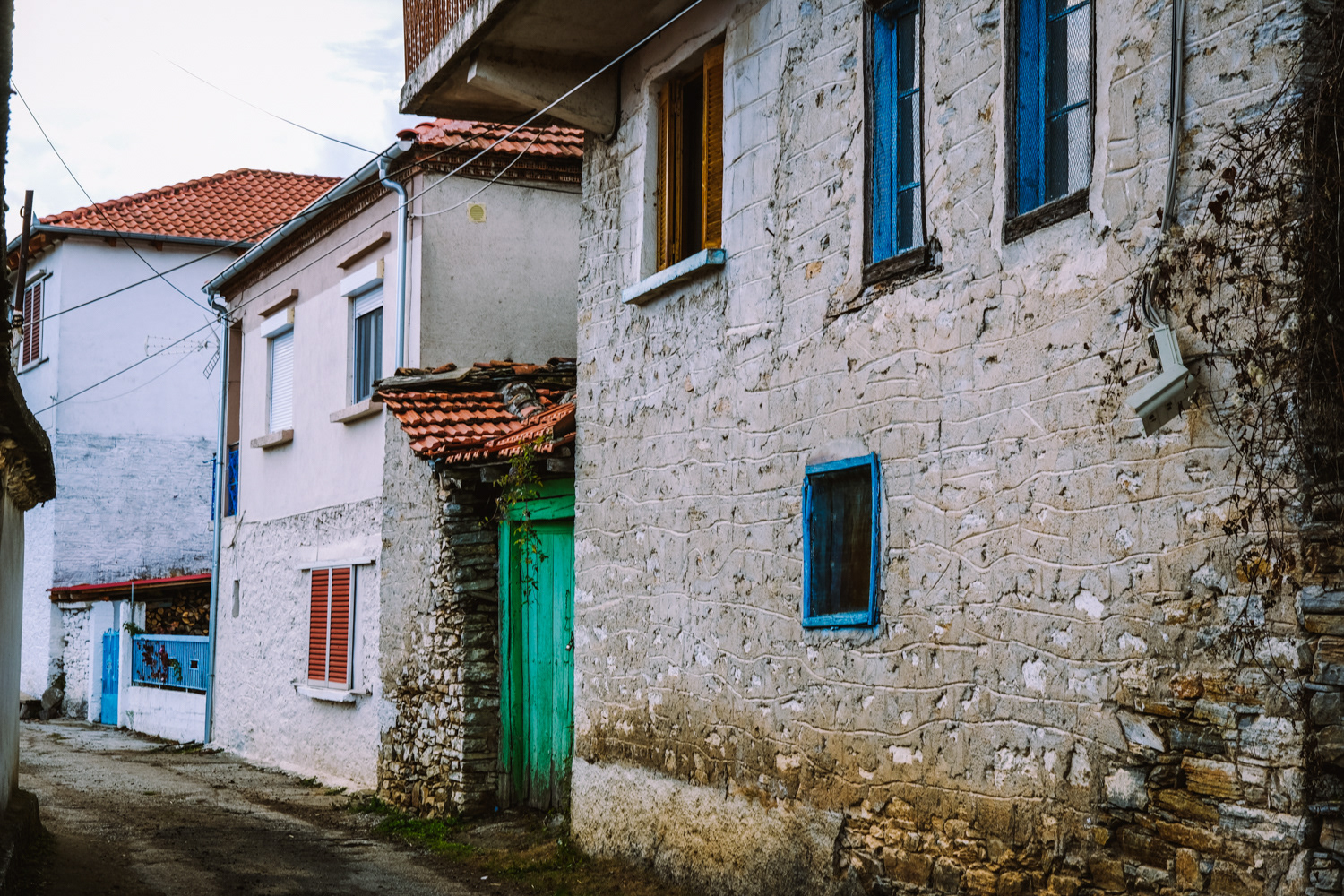
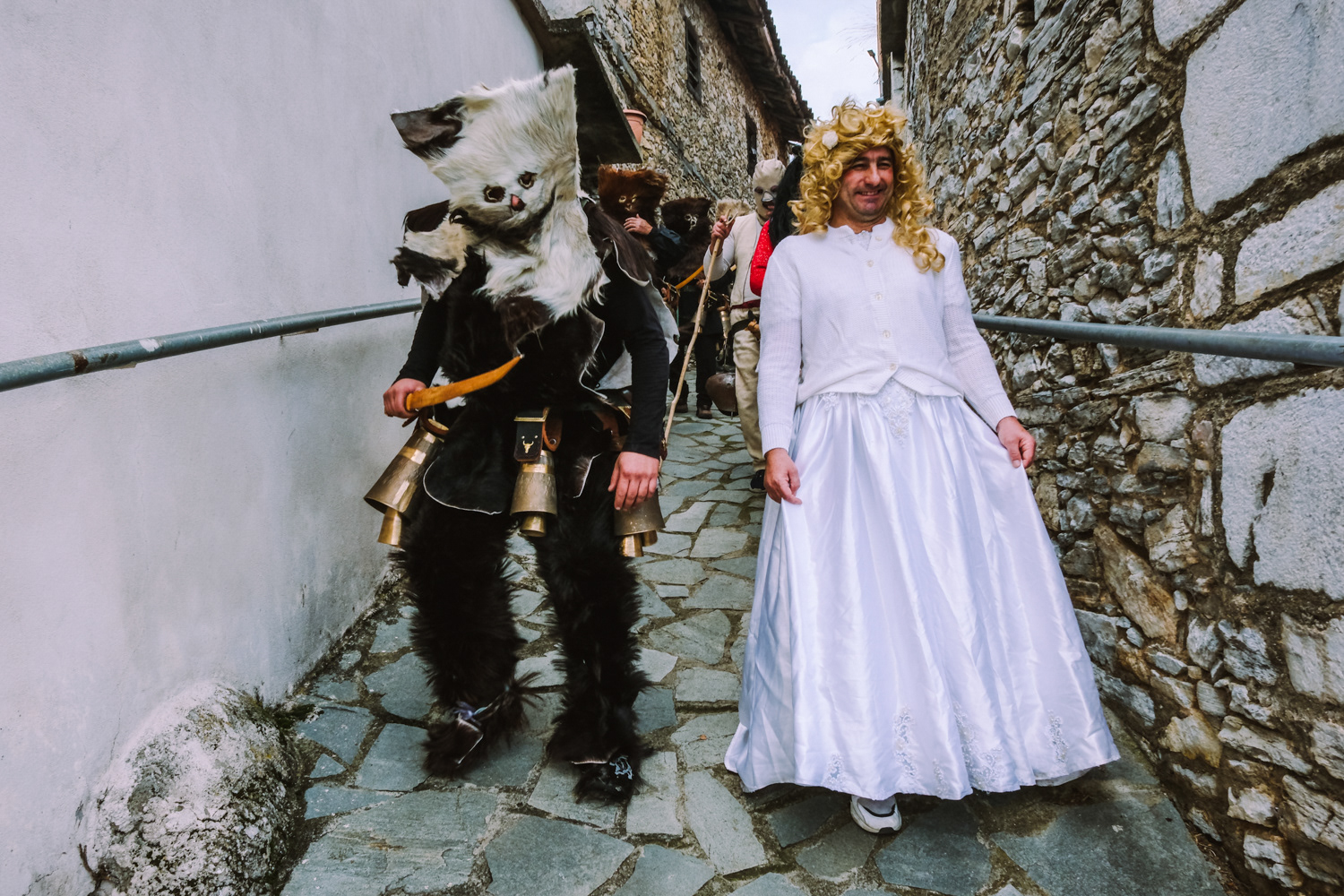
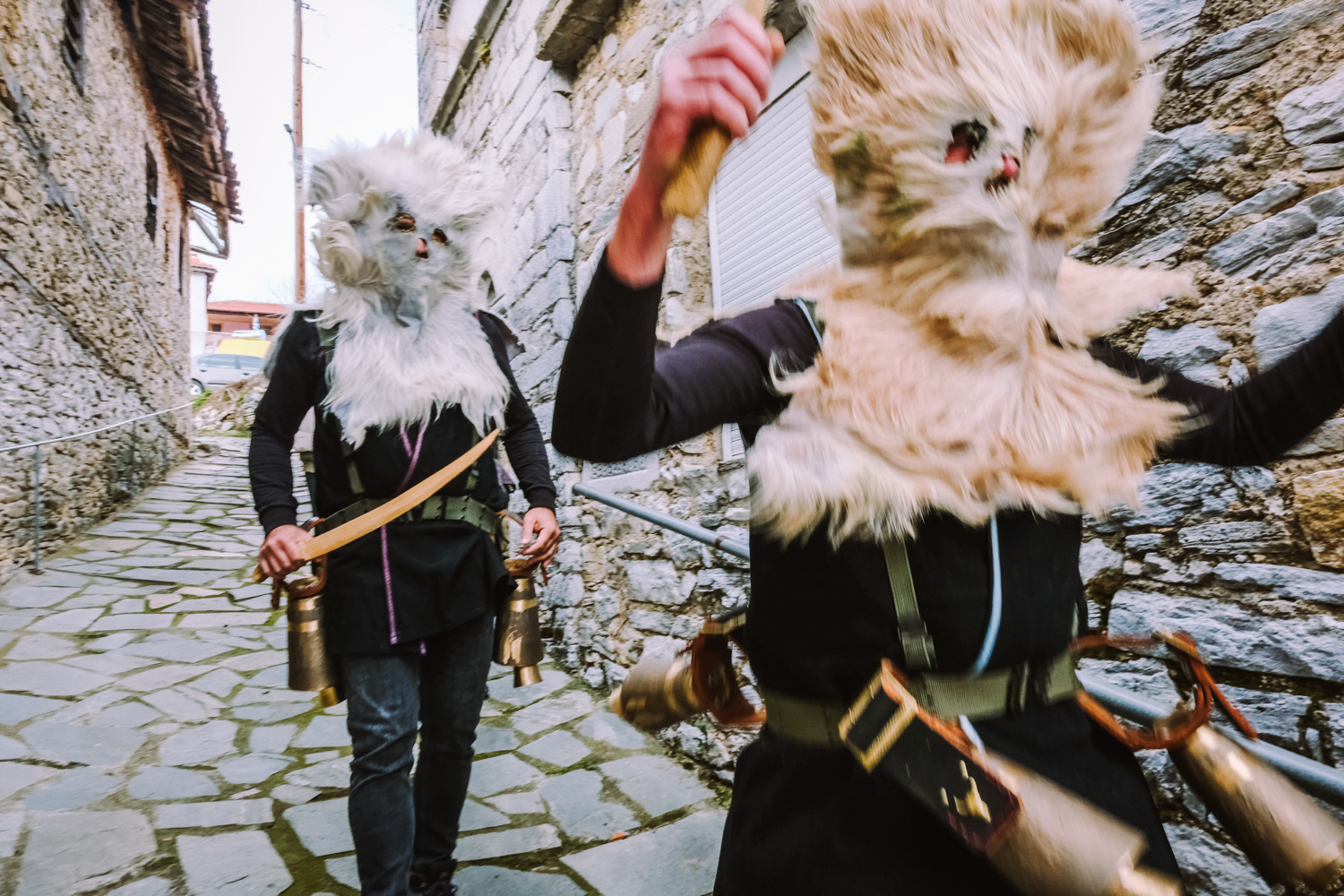

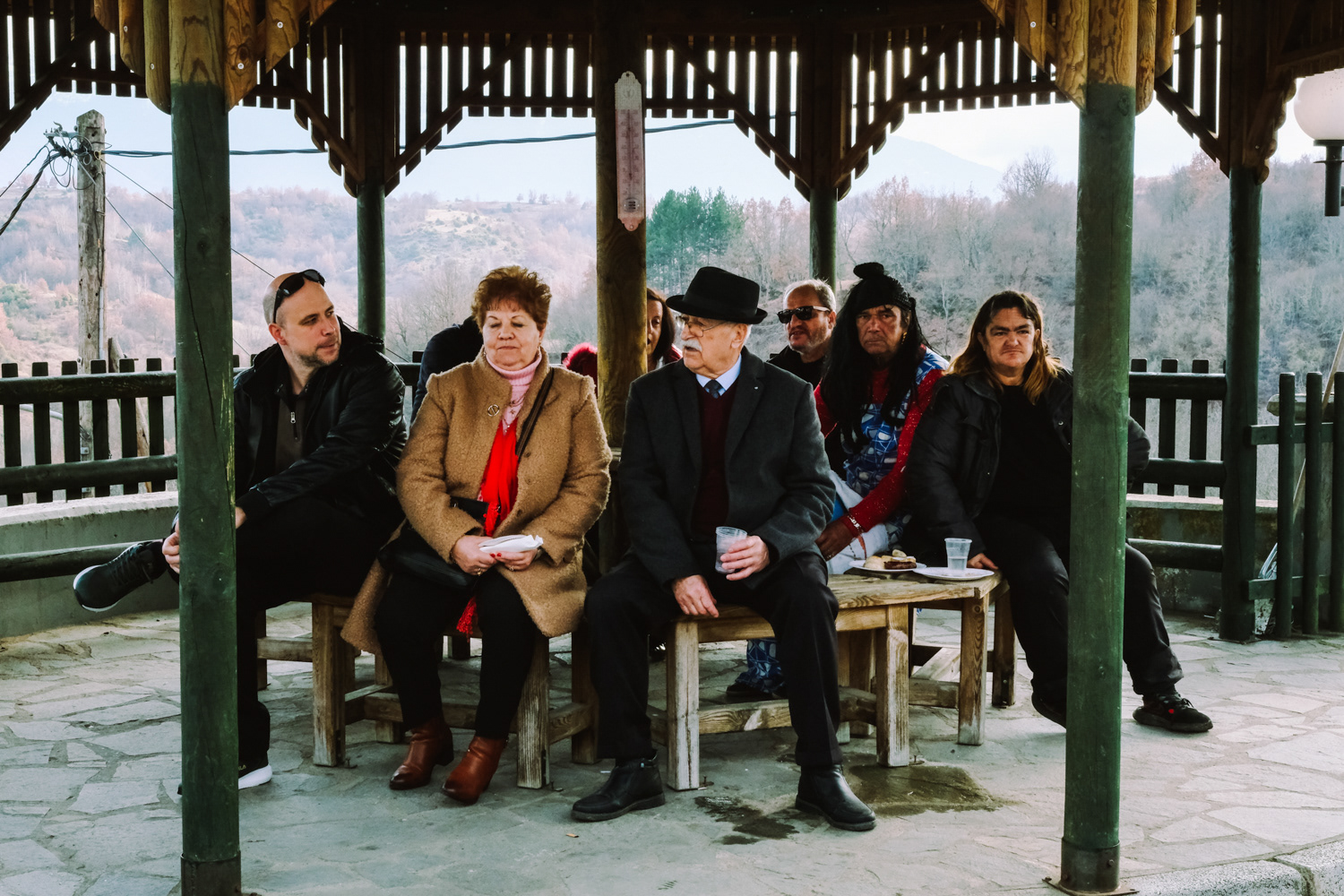
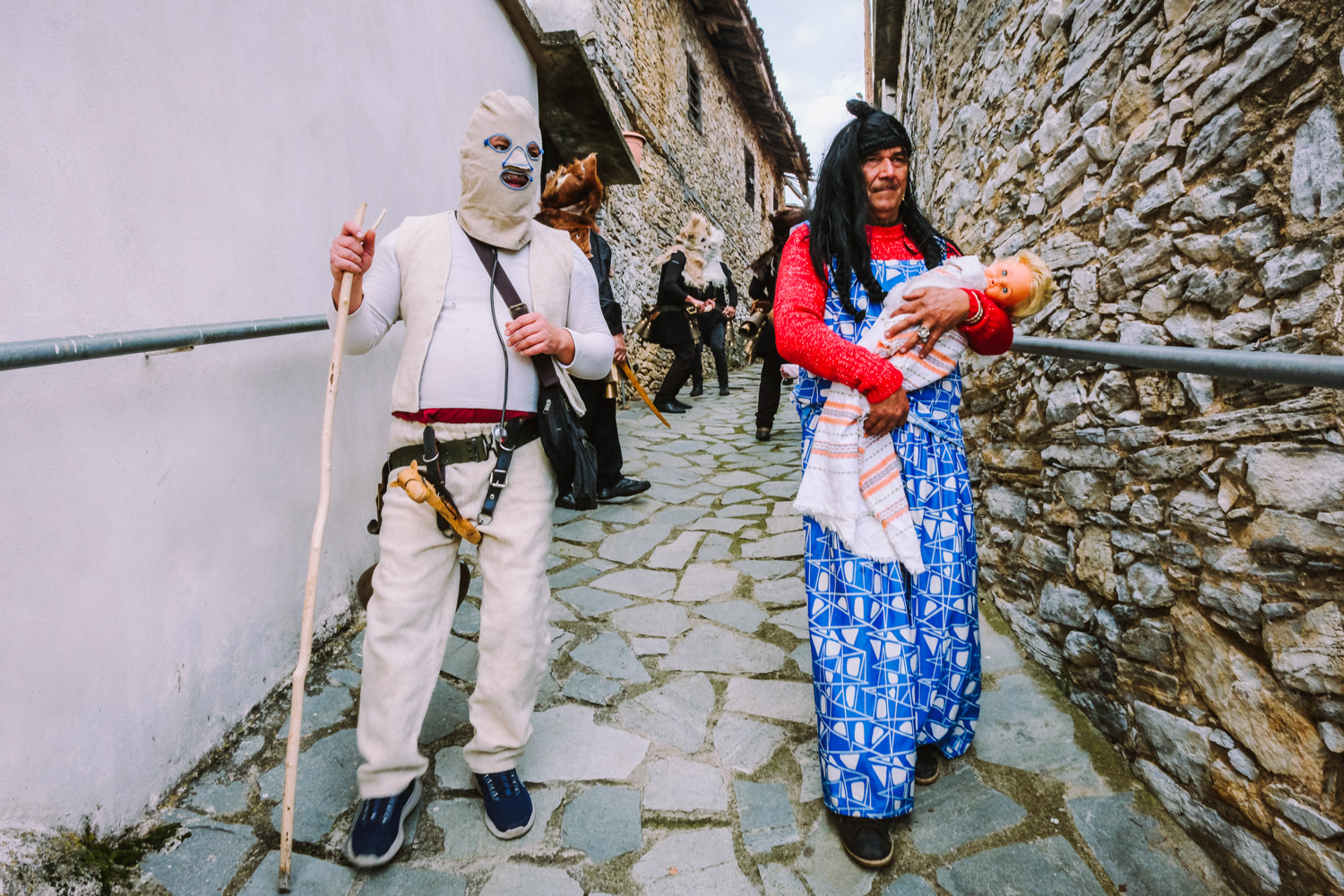
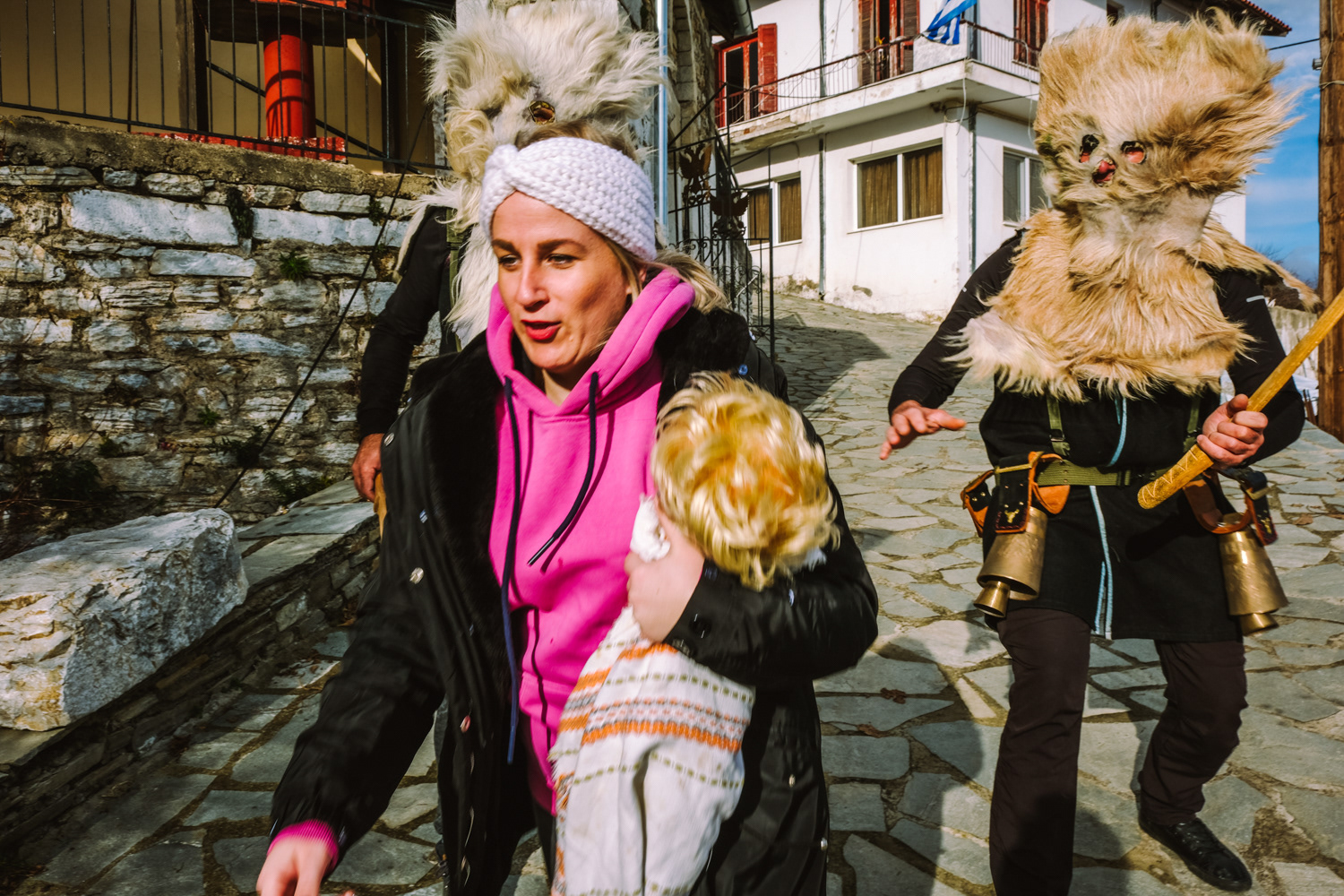
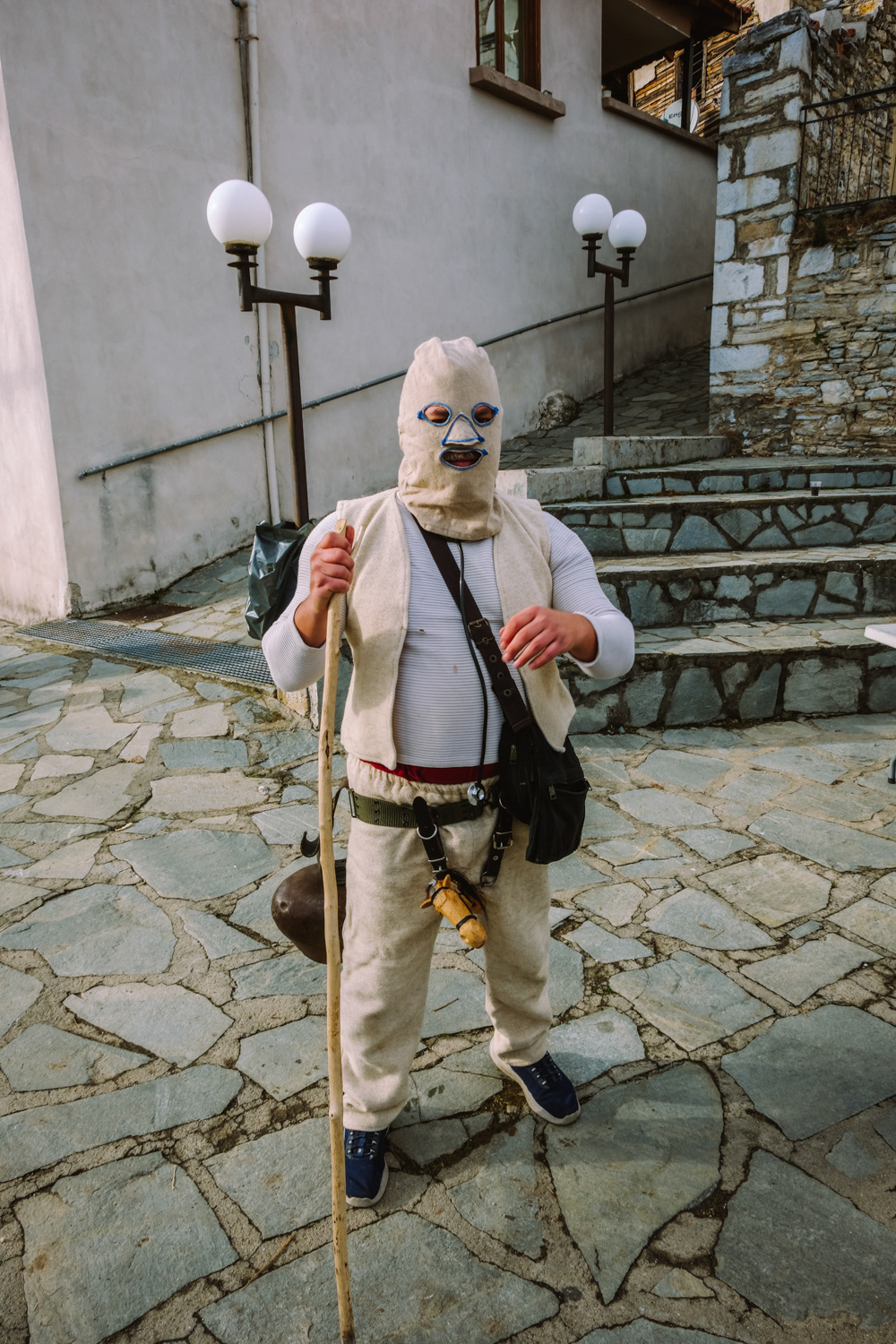
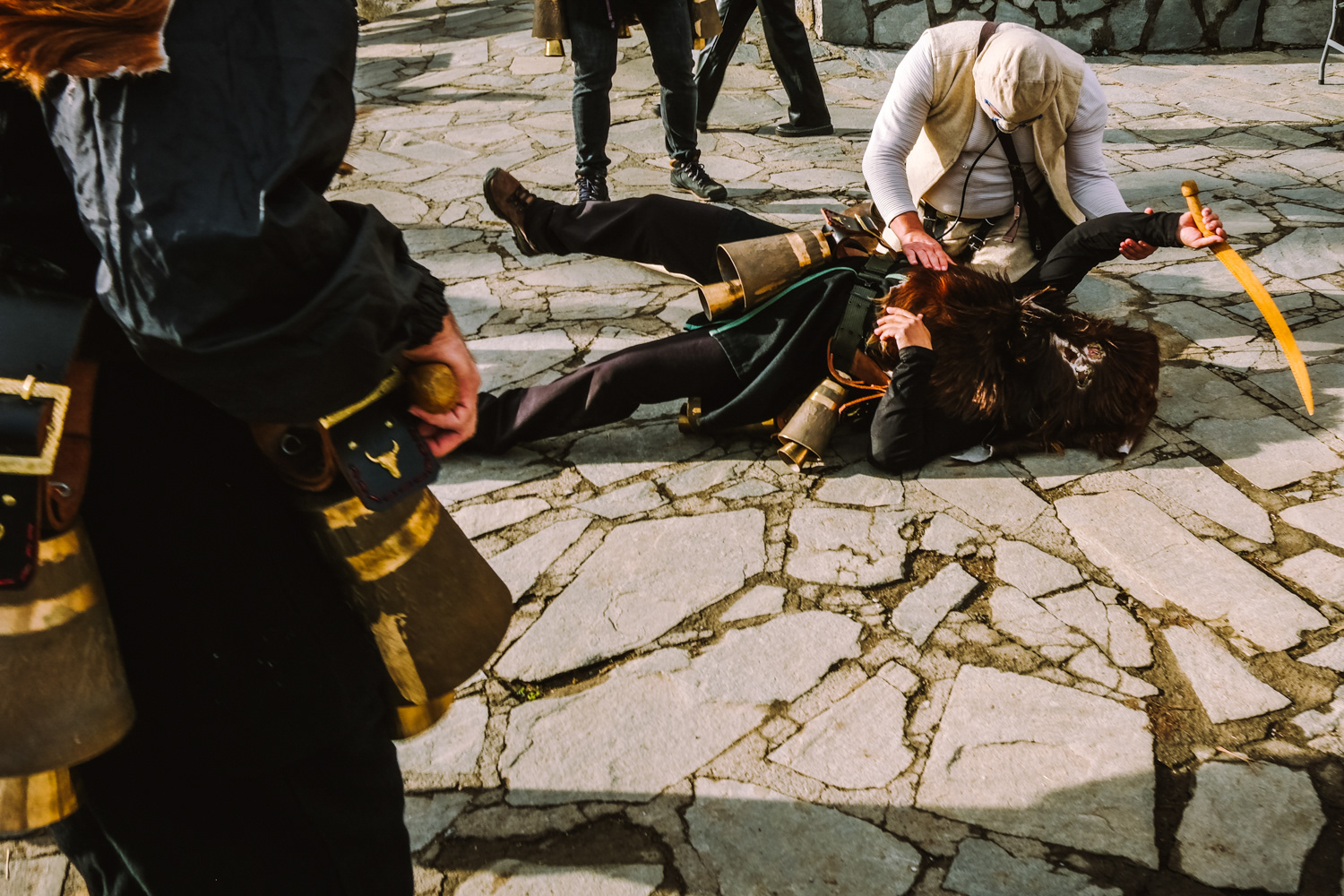
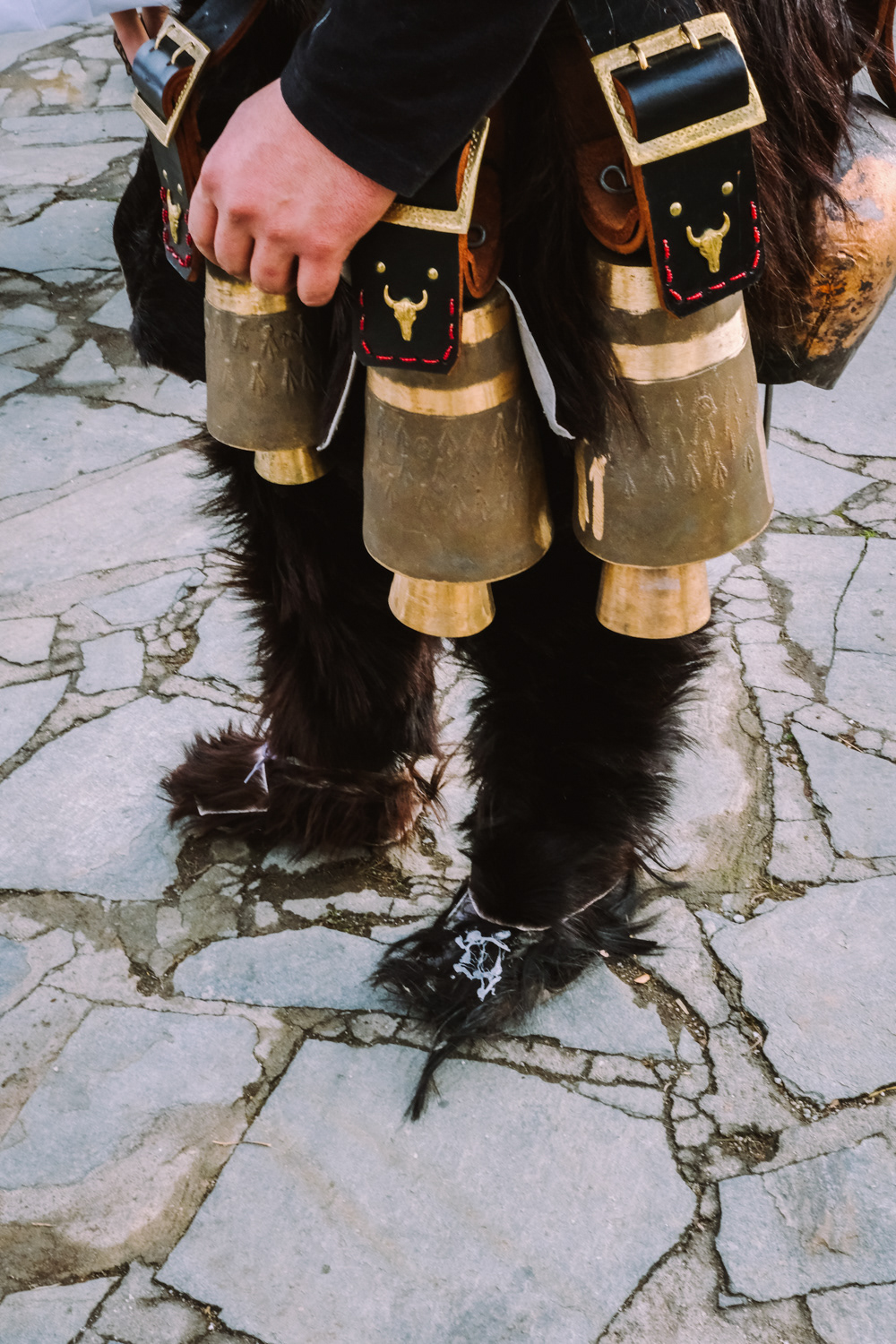
In another settlement, the one of Volakas, the Arapides appear in the streets on January the 7th. The Arapides here have a hump made of straw, bells girded round their waists, their heads are covered with sheepskin, their hands and faces are blackened with smoke, and in their hands they hold a thick wooden stick, on which they lean and sway, giving some rhythm to the sound of the bells. Along with each group of Arapides there is the “chaousis” and the bride, who in their own way give the masquerades the opportunity to shake up and tease the world. More people flock to Volakas to see the custom as it is more widespread in the wider area. Apart from the celebration, it is also impressive to see the preparation of the Arapides, which starts early and it is time-consuming.
